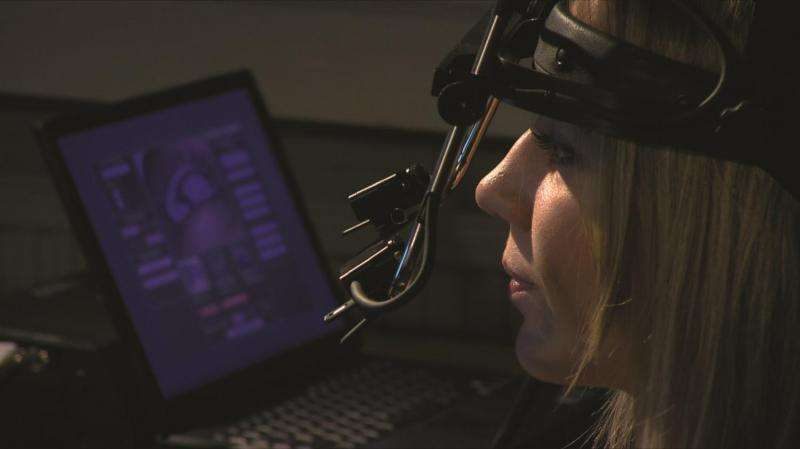Tiny Eye Movements Can Reveal if a Suspect is Lying
Ron Perillo / 8 years ago
Researchers from the University of Portsmouth are working on eye tracking technology which can be used to determine whether a suspect is lying or not just from tiny eye movements. This development could be very valuable to law enforcement when trying to confirm key identities in criminal networks such as identifying gang members or terrorist cells.
The research worked with 59 participants that were shown 200 mixed digital colour photographs of familiar and unfamiliar faces which could include real-life acquaintances, famous celebrities, and some they met briefly right before the research trials.
“Criminal accomplices often deny that they know other members in their networks. However, if a co-conspirator denies recognition in this way, their eye movements when viewing photos of those suspects, may reveal this type of lie.” according to lead researcher Ailsa Millen.
“We found that people’s eye movements were different when looking at photographs of faces they knew well compared to those they did not know, despite verbal reports denying recognition. When a participant looked at a face they recognized their eyes moved in a different pattern with fewer fixations. There is substantial evidence to suggest that this pattern is involuntary, which means it could be hard to control or fake.”
The technique they implemented is modified from an existing memory detection technique called Concealed Information Test (CIT) which is considered superior by law enforcement agencies over traditional polygraph lie detection techniques (CQT – Concealed Question Test) that detect guilt based on arousal since it does not rely on the subject’s emotional state to get a reading.




















